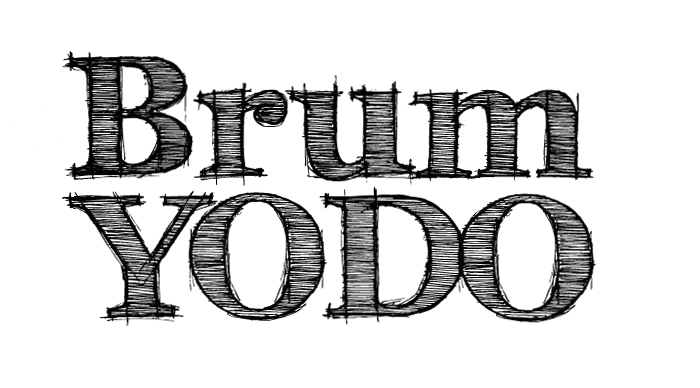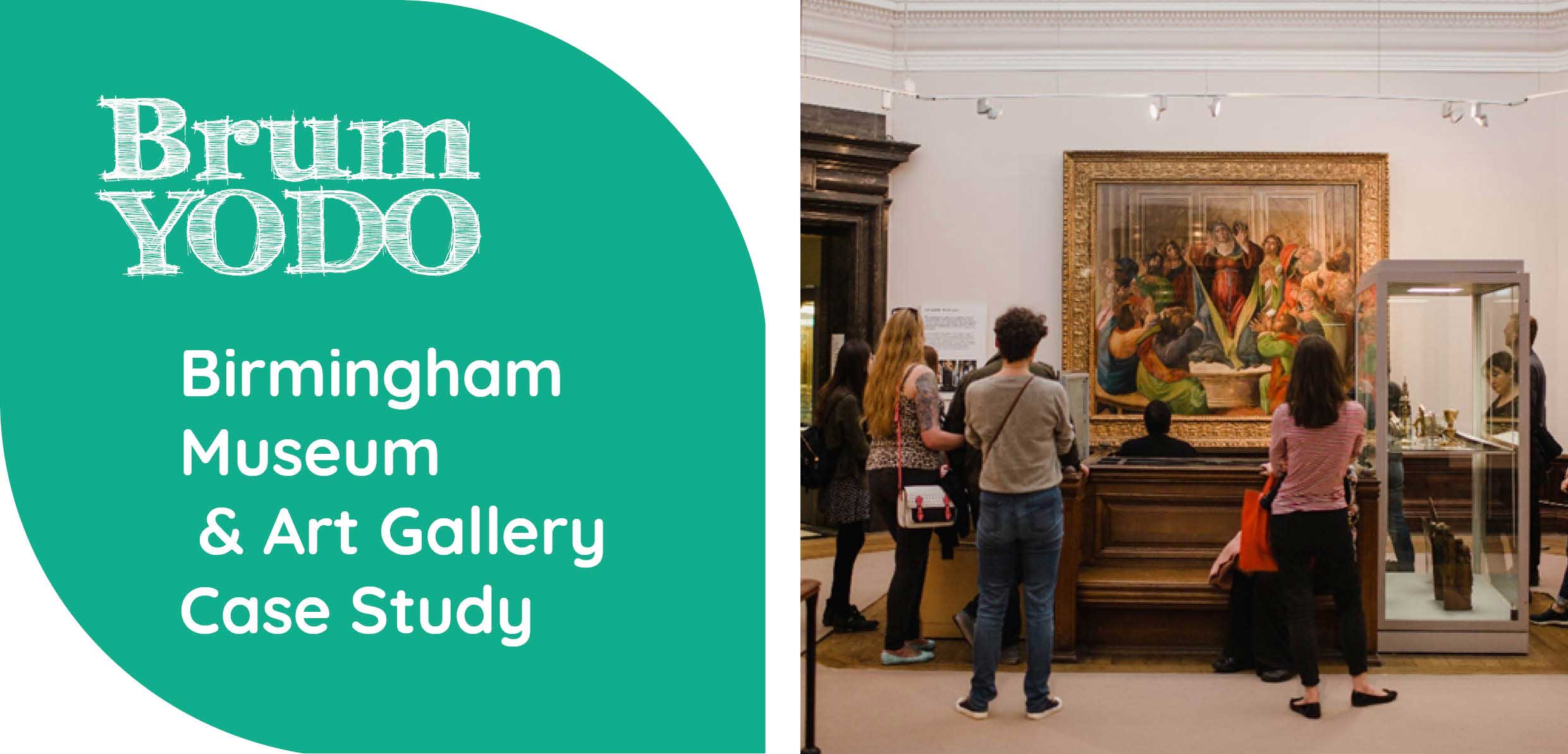
Birmingham Museum and Art Gallery (BMAG) opened in 1885. It is housed in a Grade II listed city centre landmark building and has more than 40 galleries to explore, each displaying art, applied art, social history, archaeology and ethnography. Part of Birmingham Museums Trust, BMAG is famed for its Pre-Raphaelite paintings which are part of the largest Pre-Raphaelite collection in the world.
The museum also houses a gallery dedicated to the Staffordshire Hoard, a Birmingham History collection and art and objects spanning seven centuries of world history and culture.
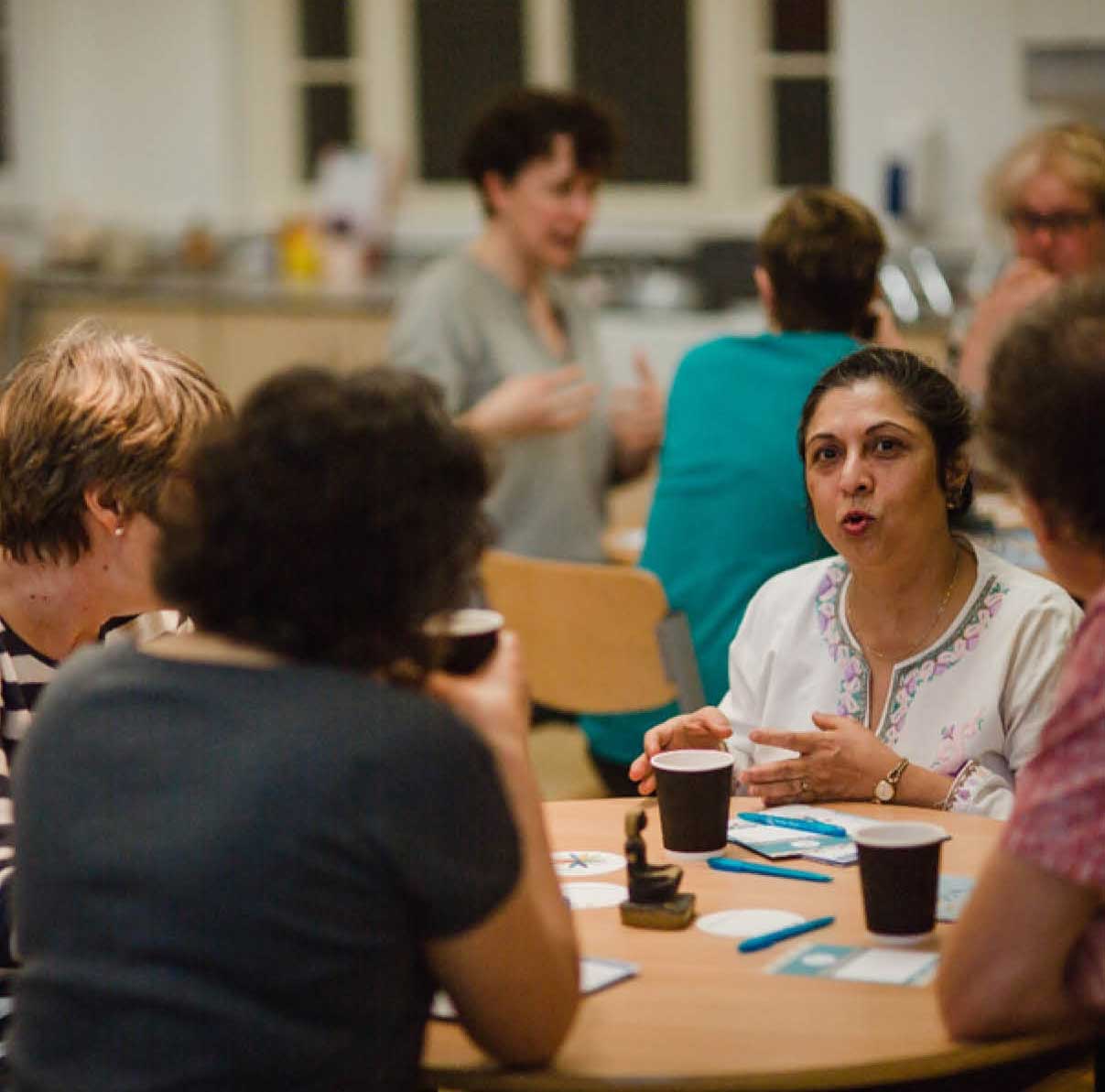
Involved in A Matter of Life and Death since 2017, BMAG Community Engagement Officer Rosie Barker explains the reasons why.
“Birmingham Museums Trust first become involved in A Matter of Life and Death in 2017 when we held the Art of Death Tour (a free walking tour looking at objects from across time and the world to tell the story of death) and a Death Café.
The following year we held the tour and Death Café again and also hosted a marketplace where BrumYODO and partners could have stands in a public gallery.
In 2019 we held the Art of Death Tour again but also launched a new tour Tales of Acquisition at the gallery as well as Archaeology in the Graveyard, a talk about the excavations of a Victorian cemetery taking place at the current high-speed rail site.
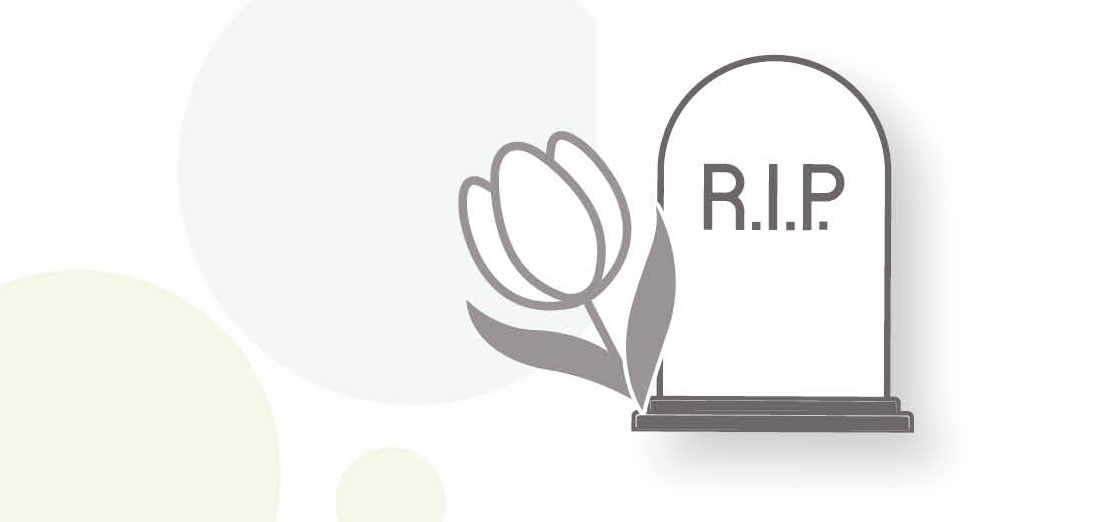
The events have proved to be very popular. The Art of Death Tour has been fully booked/over booked each time we have run it. The Tales of Acquisition tour was quieter but The Archaeology in the Graveyard talk was almost full – we had 60 spaces available and 54 people came.
At Birmingham Museums Trust we run a well- being programme, a lot of which is aimed at groups with high wellbeing needs (refugees, adults with dementia, carers etc) but we are also keen to offer activities and events that support the wellbeing needs of general visitors, and to draw in new audiences through wellbeing.
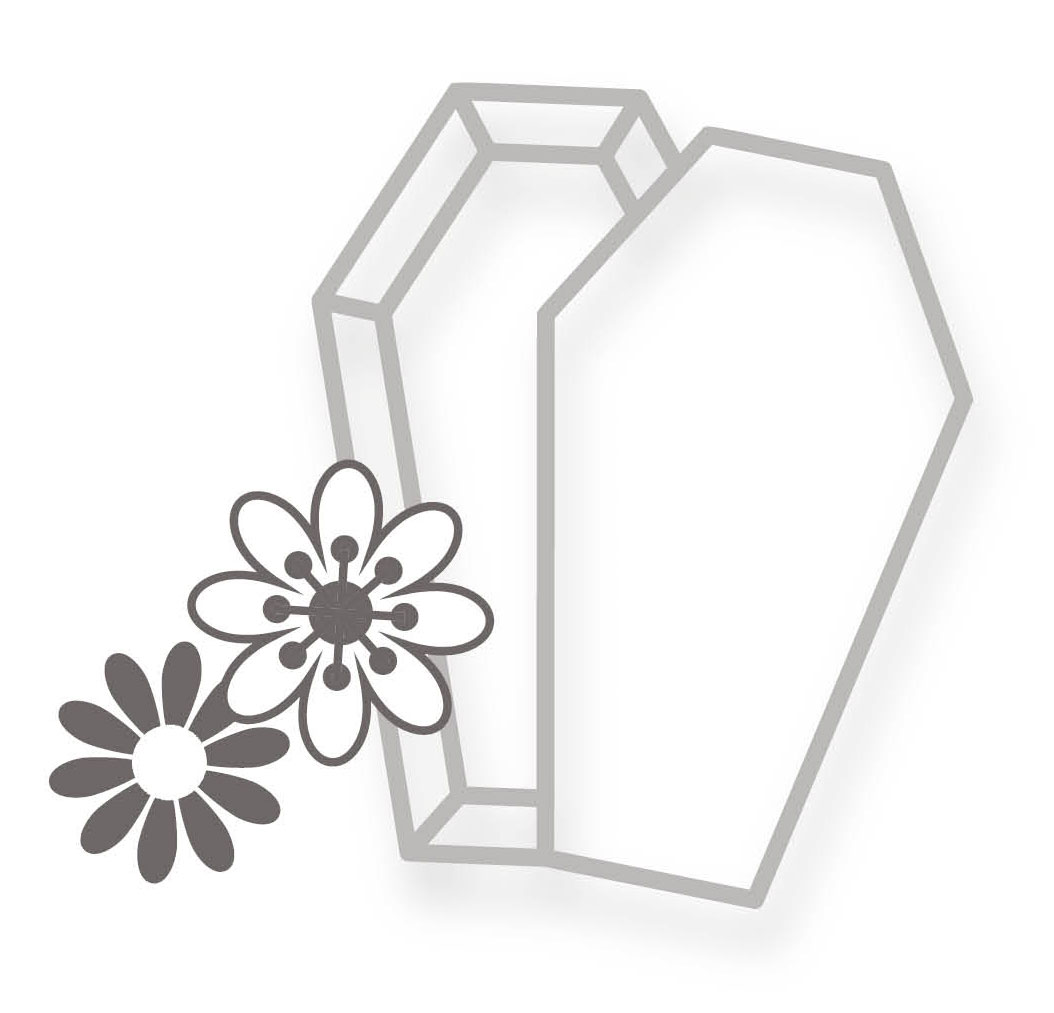
Although a lot of people thought it was a bit odd initially to include a festival around death as part of a wellbeing programme, I think it ties in perfectly as the aim of the Dying Matters Week is to encourage people to think about death and dying as part of living a fulfilling life. I also thought that the museum could have a different take to offer on the festival by looking at historic and cultural approaches to death and dying, as well as tying in with our willing- ness to act as a venue for other organisations.
For us, it has helped visitors see the museum in a different way. We’re keen to be seen as engaging with the world today, and not being stuck in the past (because we’re not!) so it’s always good for visitors to see the collections in a different light, and to see the museum being used differently.
It has also helped us to reach new audiences. Speaking to visitors who have attended over the years, there are some who wouldn’t have thought of coming to the museum, or haven’t been since they were children, who came for a festival event, and were interested and keen to come back and be part of other activities, so that has been a real bonus for us.
Being part of the festival has also been of interest to staff in the museum, which was an unintended bonus – I’ve had lots of conversations about what it is, and why we’re part of it, and I know some staff attended parts of the marketplace for personal reasons, so it’s started conversations internally as well!
We haven’t been able to develop the relationship as much as I would like due to my own capacity but it’s been good to be able to continue the involvement and also to bring in other contacts that we have to tie in (e.g. the HS2 archaeologists). I’d be keen to see how this is possible in the future and to see if we can host other events.”
